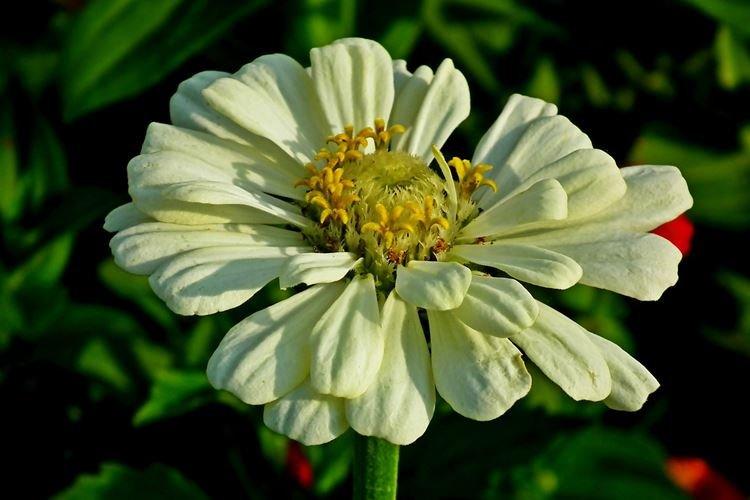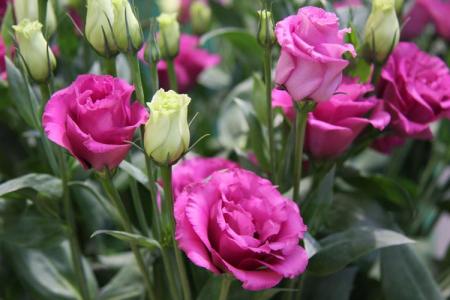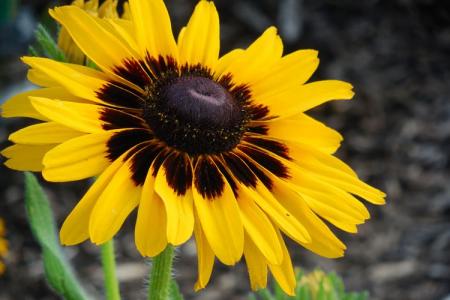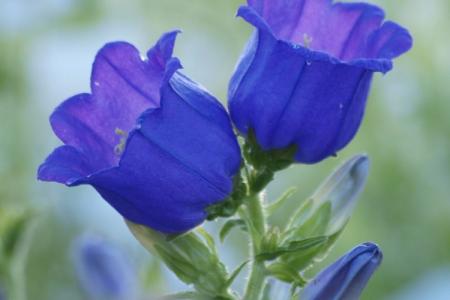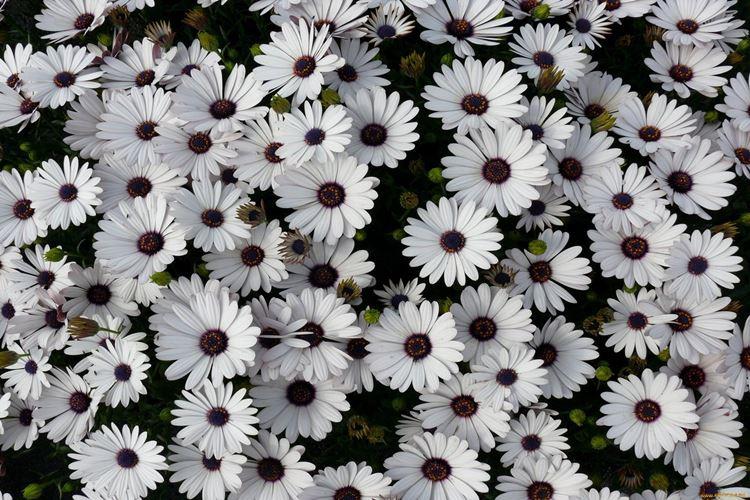
So I want to add bright colors to the garden, but at the same time preserve the feeling of spring lightness and tenderness. Chamomiles are very beautiful and graceful, but in large quantities they are rather monotonous. But we found 25 more kinds of flowers similar to them. They differ in color, flowering time and care requirements. We share the names and photos, and you choose!
1. Anacyclus
The photo of the anacyclus can be safely put next to the photo of the chamomile for the game "find the differences". There are dozens of annual and perennial species, and most of them thrive in our latitudes.
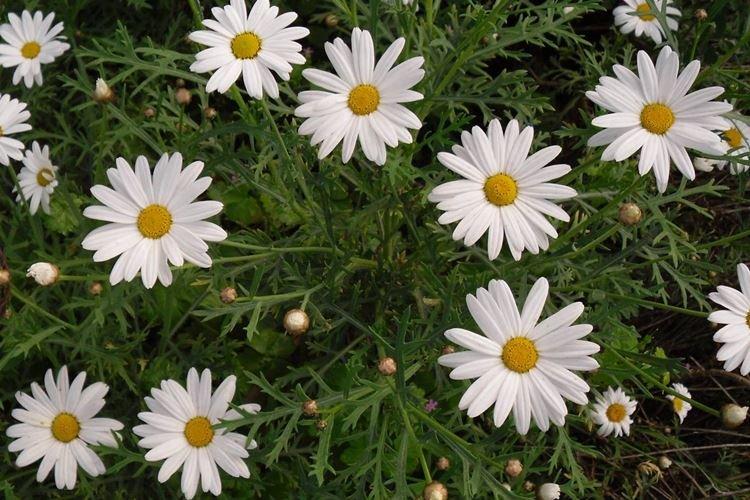
2. Kosmeya
Delicate and bright kosmeya is the eternal favorite of gardeners for its beauty and unpretentiousness. The herbaceous annual does not need complex care and constant care after sowing.
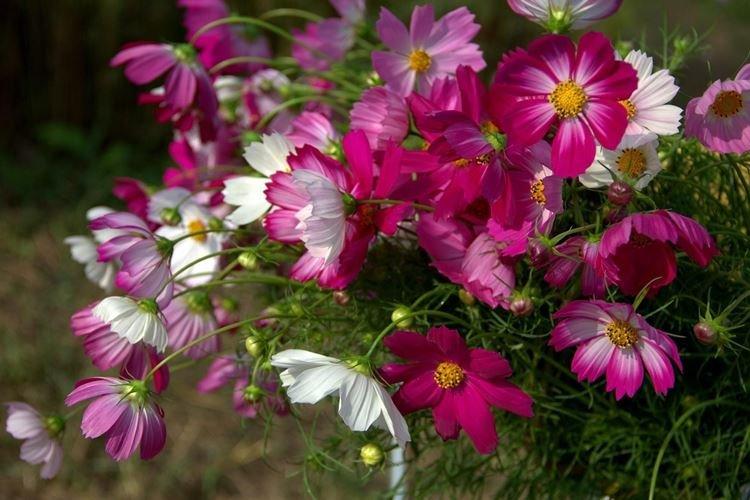
3. Gerbera
There are almost a hundred species of gerberas in all possible sizes and colors, from compact garden daisies to tall beauties for cutting. They are very thermophilic and love the bright sun.
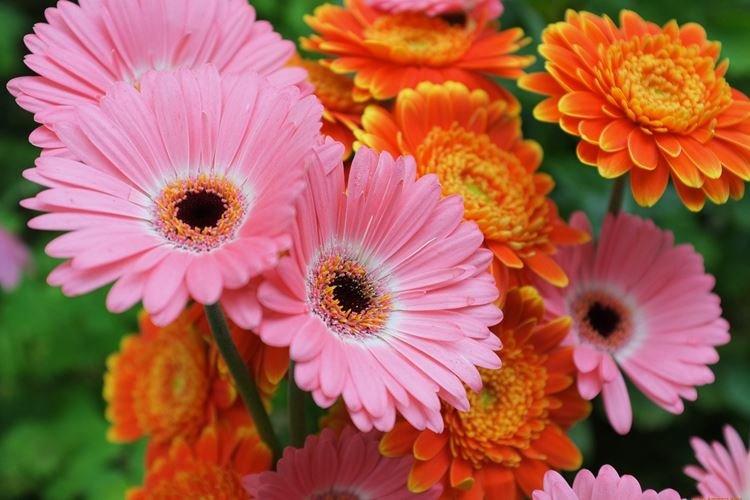
4. Chrysanthemum
Some even call chrysanthemums autumn daisies, but here you need to choose the right variety. In bouquets, you usually see Korean species, but instead of daisies, pay attention to Arctic and Indian ones.
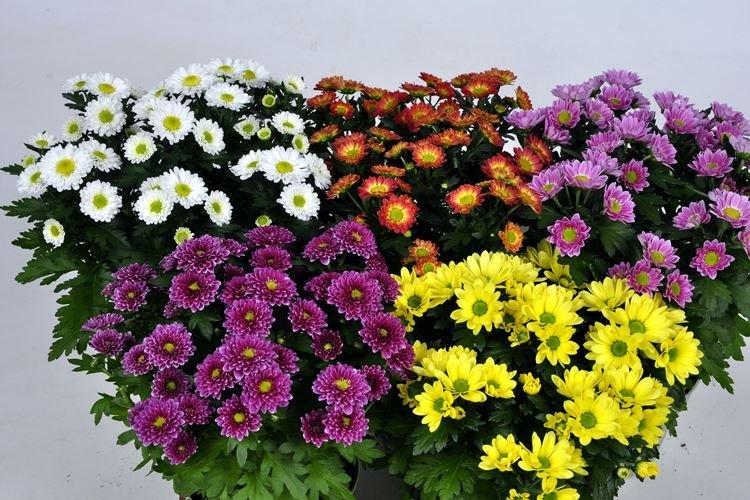
5. Daisy-flowered gelichrizum
A complex long name hides a flower that at the same time resembles a chamomile, daisy and chrysanthemum. There are also more exotic species, such as Milfordova's coral or gelichrisum.
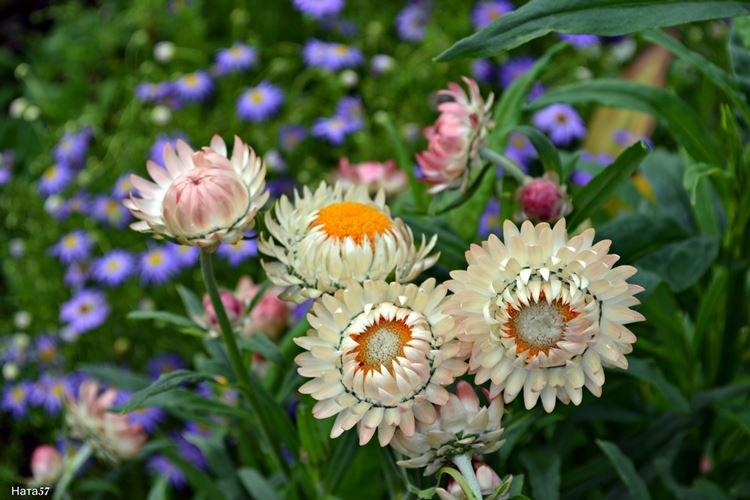
6. Ursinia
Bright large flowers in yellow, purple or white appear glossy. The effect is further enhanced by dark green leaves on shoots that grow up to 60 cm.
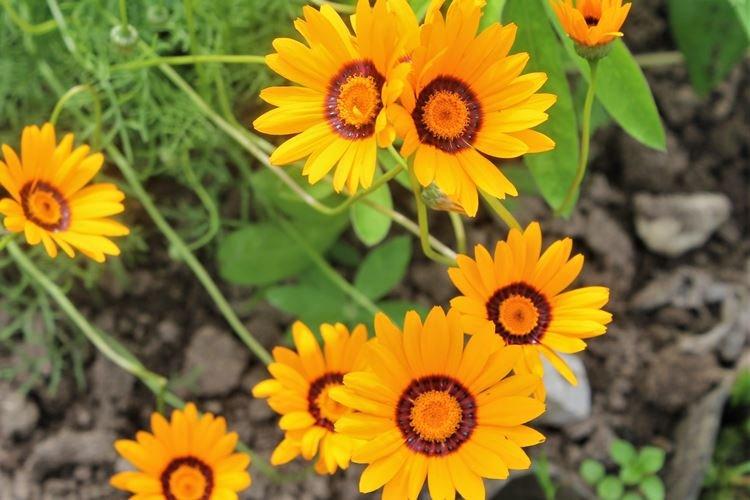
7. Gatsania
The African guest resembles a large exotic chamomile, but brighter and more expressive. Gardeners appreciate it for its large multi-colored petals on inflorescences up to 10 cm in diameter and even more.
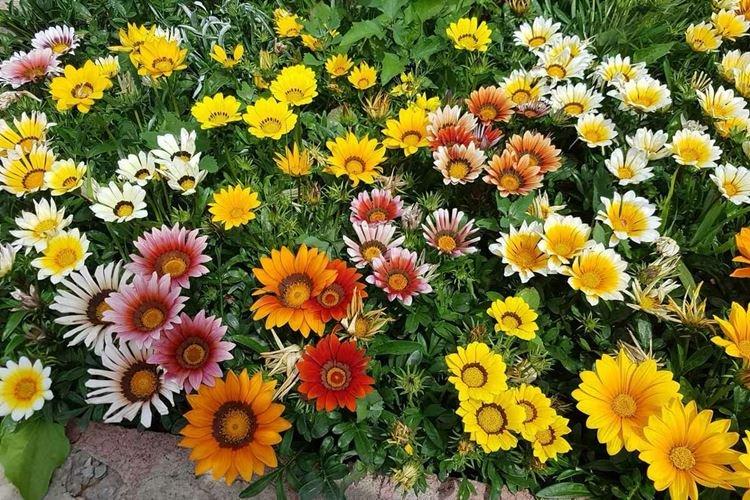
8. Osteospermum
Behind an unfamiliar name hides an African daisy, which every year becomes more and more familiar to our gardeners. Until late autumn, osteospermum pleases with a lush, lush flowering.
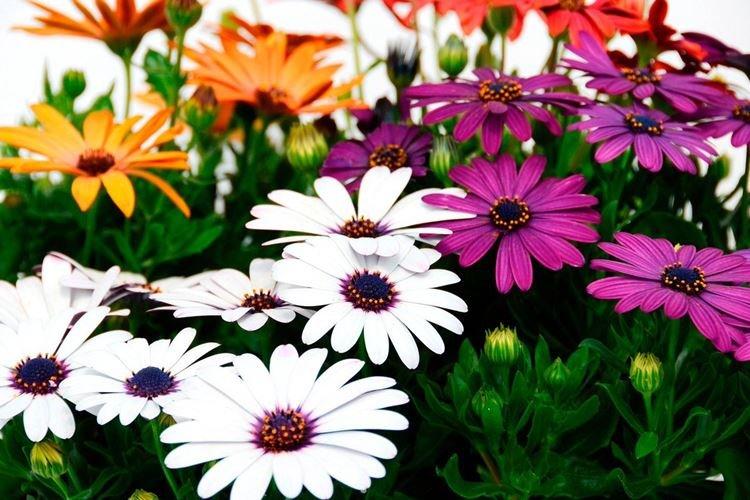
9. Doronicum
The mountain flower is ideal for decorating alpine slides or rockeries. The height of the different varieties ranges from 10 to 80 cm, and the flowers resemble bright yellow daisies.
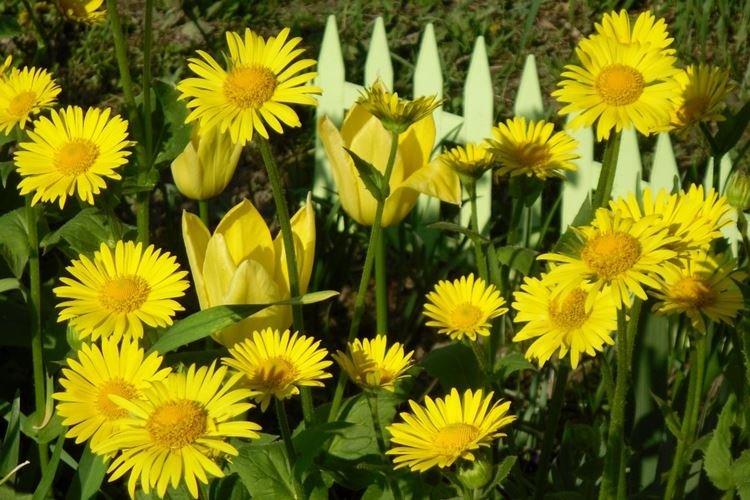
10. Erigeron
A small neat perennial grows up to 40 cm and perfectly decorates dense variegated flower beds. Compact inflorescences up to 5 cm consist of a large number of thin and slightly rounded petals.
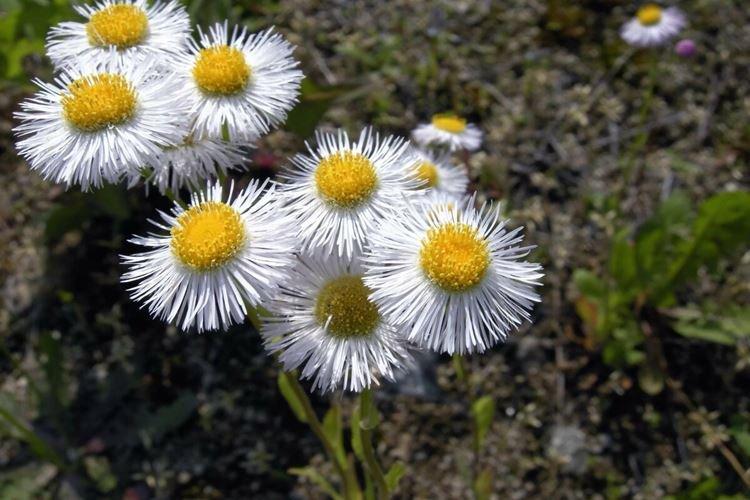
11. Cineraria
Bright cineraria attracts attention with multi-colored flowers, which look very impressive in large groups. An alternative to chamomile will be the motley bloody cineraria, which came to us from the Canary Islands.
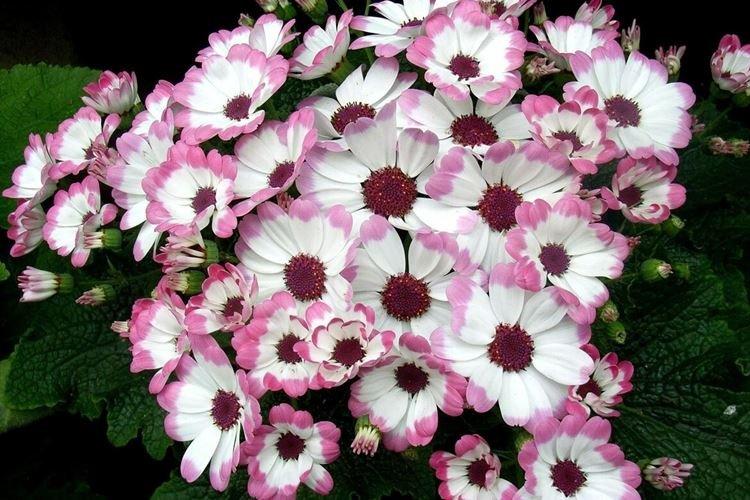
12. Echinacea
The useful flower is also very decorative, especially the purple, cream and red varieties. It is distinguished from chamomile only by its quirky and voluminous middle.
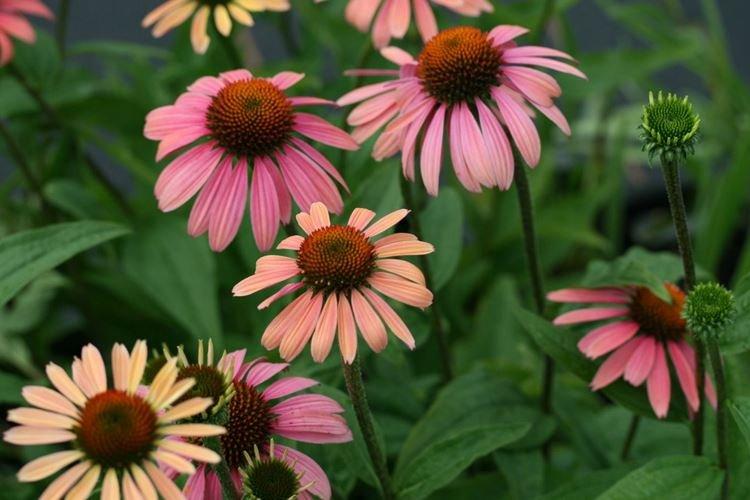
13. Arctotis
The unusual saucer arctotis slightly resembles a mixture of chamomile and gerbera. In addition to whites, purple, orange, pink, red and lemon varieties are interesting.
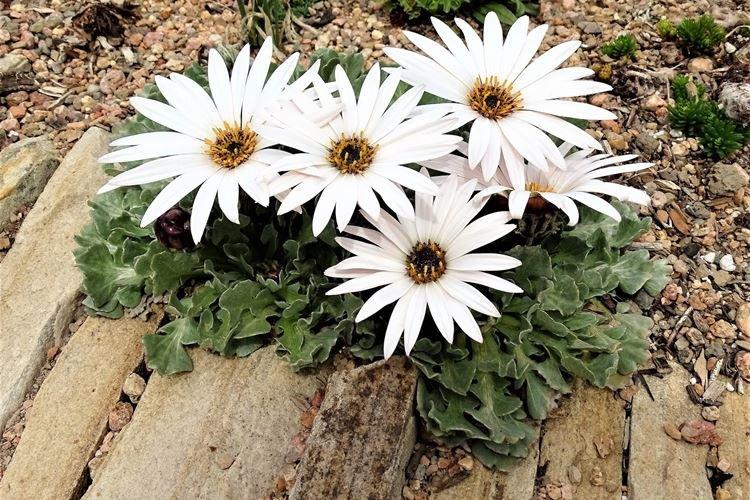
14. Anemones
Delicate decorative primrose is also called anemone, because its fragrant petals tremble from the slightest impulse. There are many different varieties - crown, Japanese, forest, oak and others.
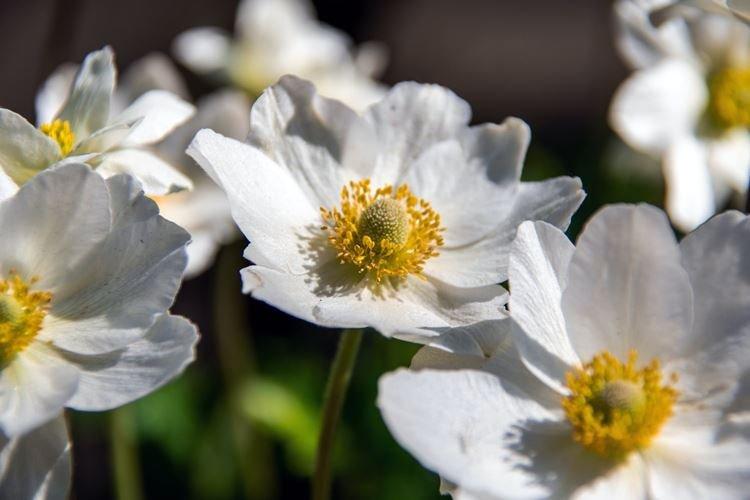
15. Nivyanik
The classic daisy is very difficult to distinguish from chamomile, not counting the fact that it is larger. Many species can be grown as perennials, and they take root well in our latitudes.
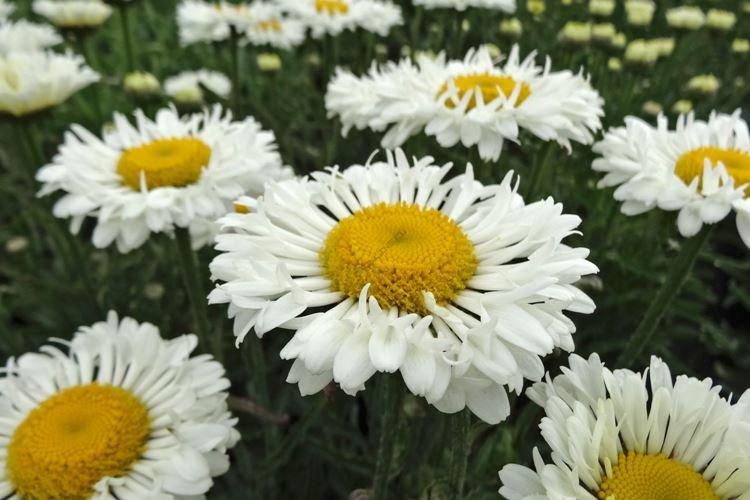
16. Coreopsis
The main advantage of coreopsis is bright petals of very deep saturated shades. There are compact bushes up to 30 cm, and there are tall large-flowered varieties up to a meter.
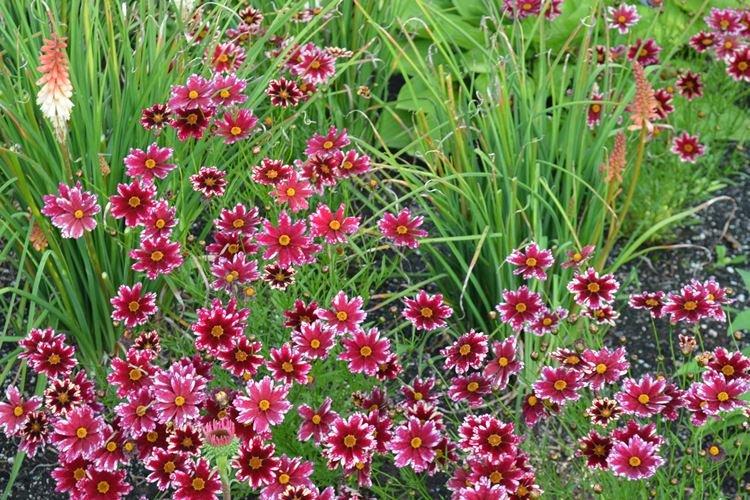
17. Jerusalem artichoke
Perhaps the most unexpected guest on this list, in addition to the useful tuber, pleases with a beautiful decorative flowering.It has bright lemon blossoms that open towards the end of summer. And Jerusalem artichoke winters well without shelter.
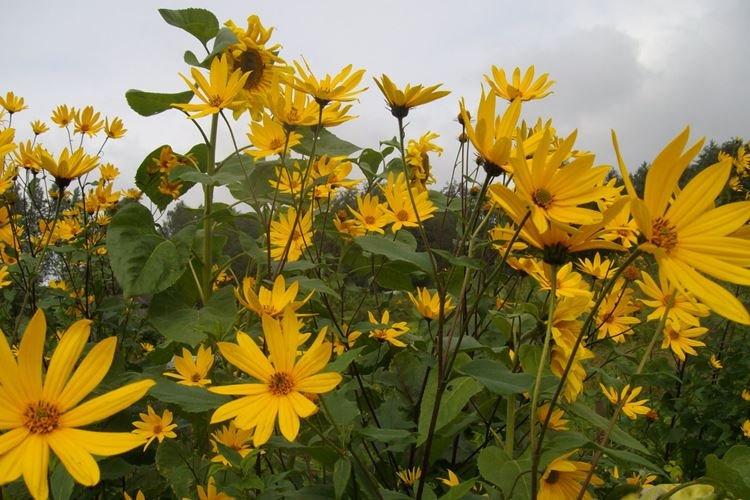
18. Calendula
The bright orange calendula is well known for its healing properties, which also makes it akin to chamomile. The flower is extremely unpretentious, does not need complex care and even reproduces itself.
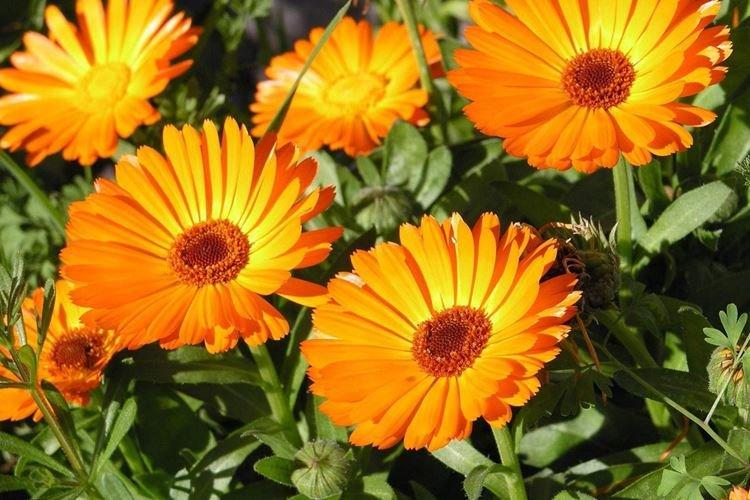
19. Rudbeckia
Exotic rudbeckia resembles a dyed and slightly elongated chamomile of orange, yellow or brownish color. Most species are tall - up to 2 meters, and bloom by August.
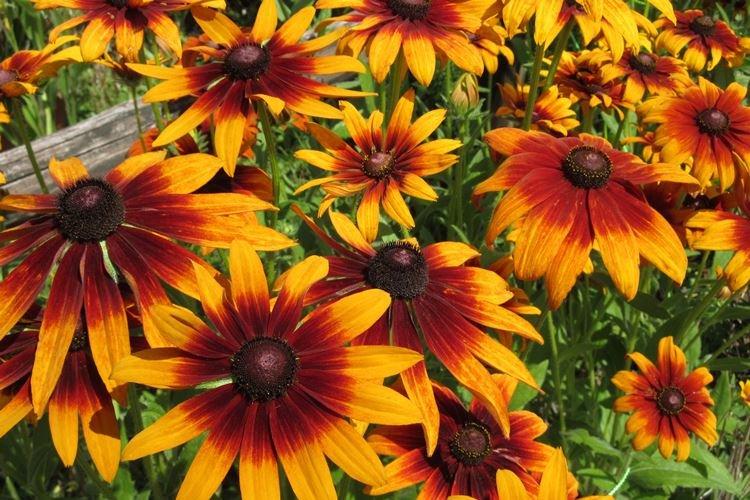
20. Feverfew
Most varieties of pyrethrum practically do not differ from chamomile in the structure of saucer-shaped inflorescences. Breeders have bred many types of the most interesting shades.
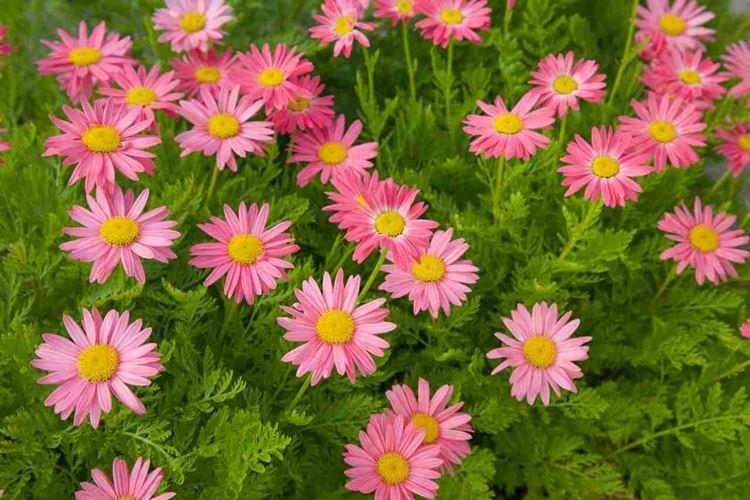
21. Daisy
The closest relative of chamomile is a daisy, only there it is also multi-colored. In addition to whites, pink, coral and raspberry varieties are good.
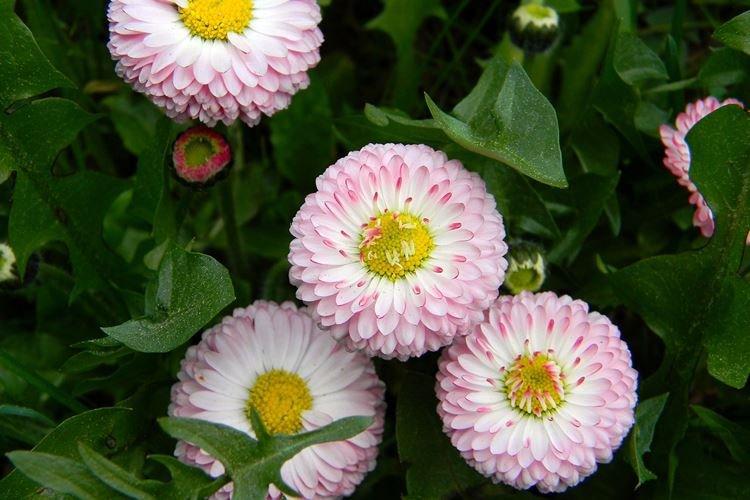
22. Venidium
Fancy Venidium is rarely found in the garden, but it does well in flowerpots and containers. Whitish petals with an orange part frame a spectacular dark center.
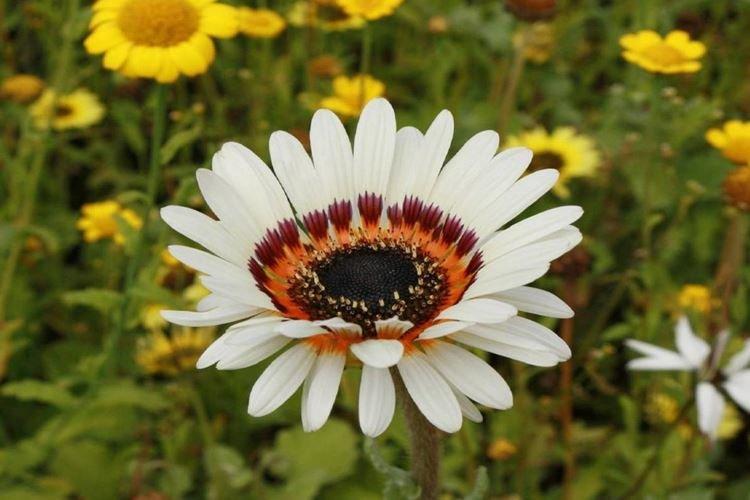
23. Alpine Aster
Small alpine asters of white color open earlier than daisies, but almost do not differ from them in appearance. The garden composition can be diluted with delicate pink and lilac varieties.
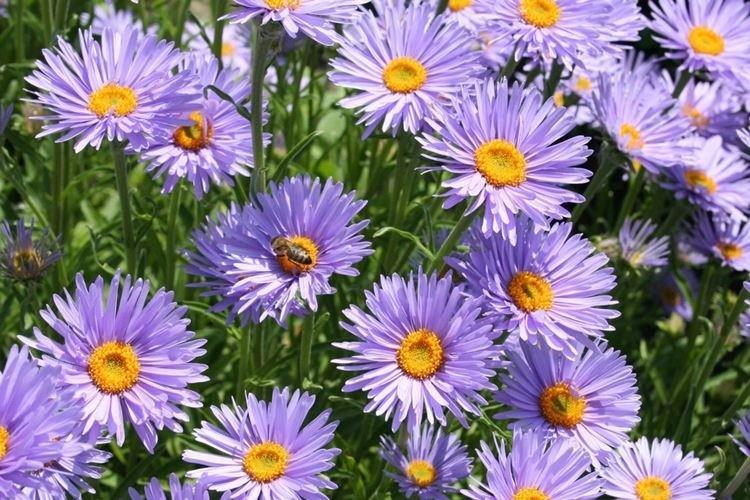
24. Sunflower
Naturally, we are not talking about a large table sunflower, which cannot be confused with any other crops. But its miniature decorative varieties are quite reminiscent of yellow daisies.
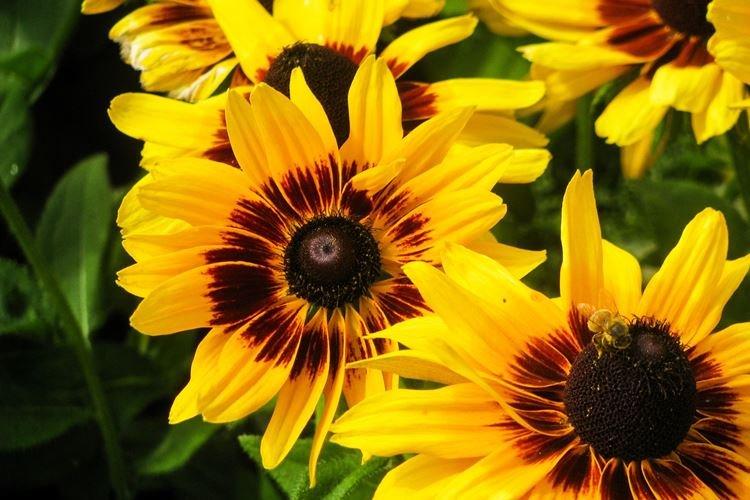
25. Zinnia
Among the people, zinnias were nicknamed "Major", but despite such a brutal name, it is a very delicate and delicate flower. The inflorescence is not particularly like a chamomile, but the petals are almost the same.
